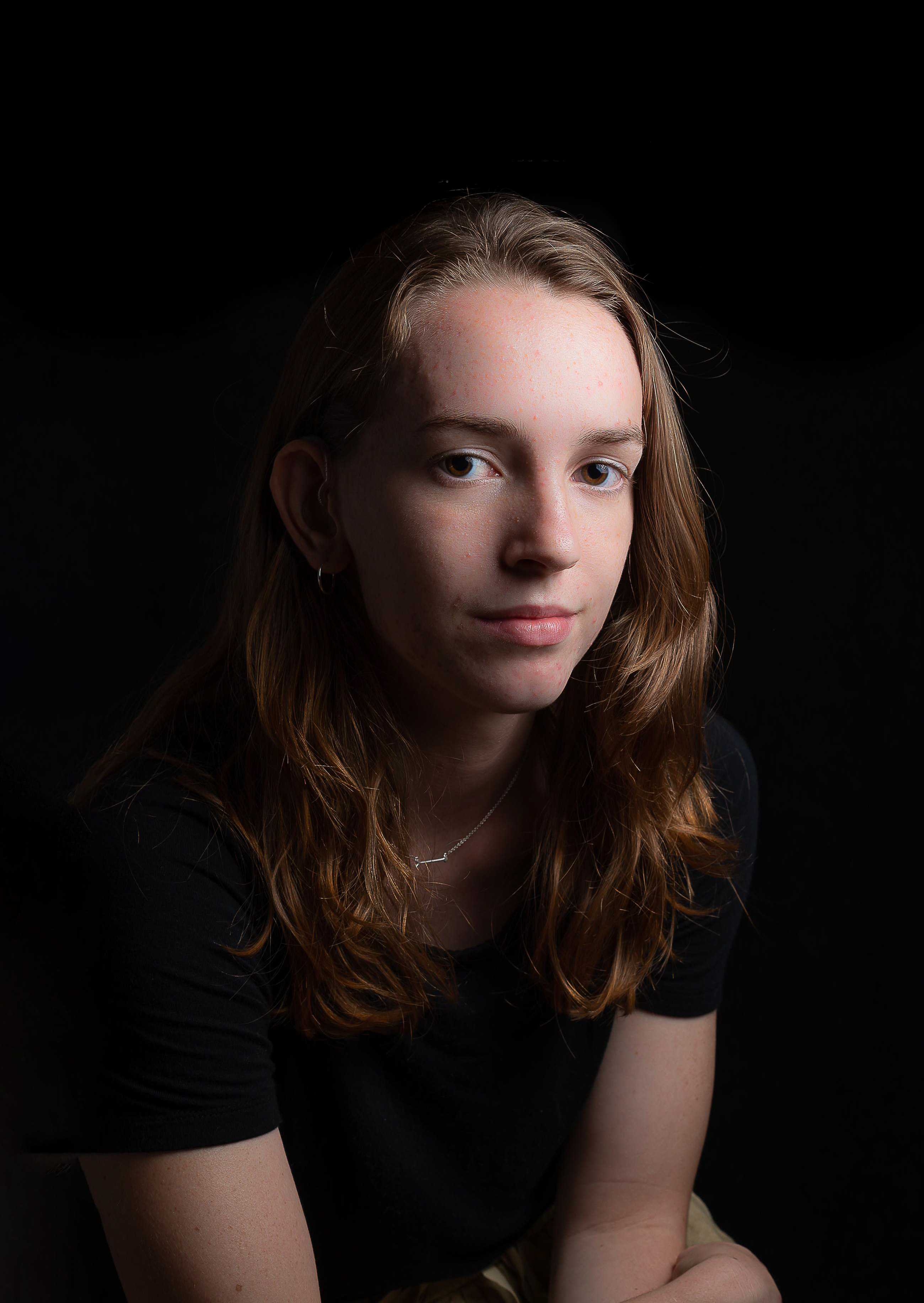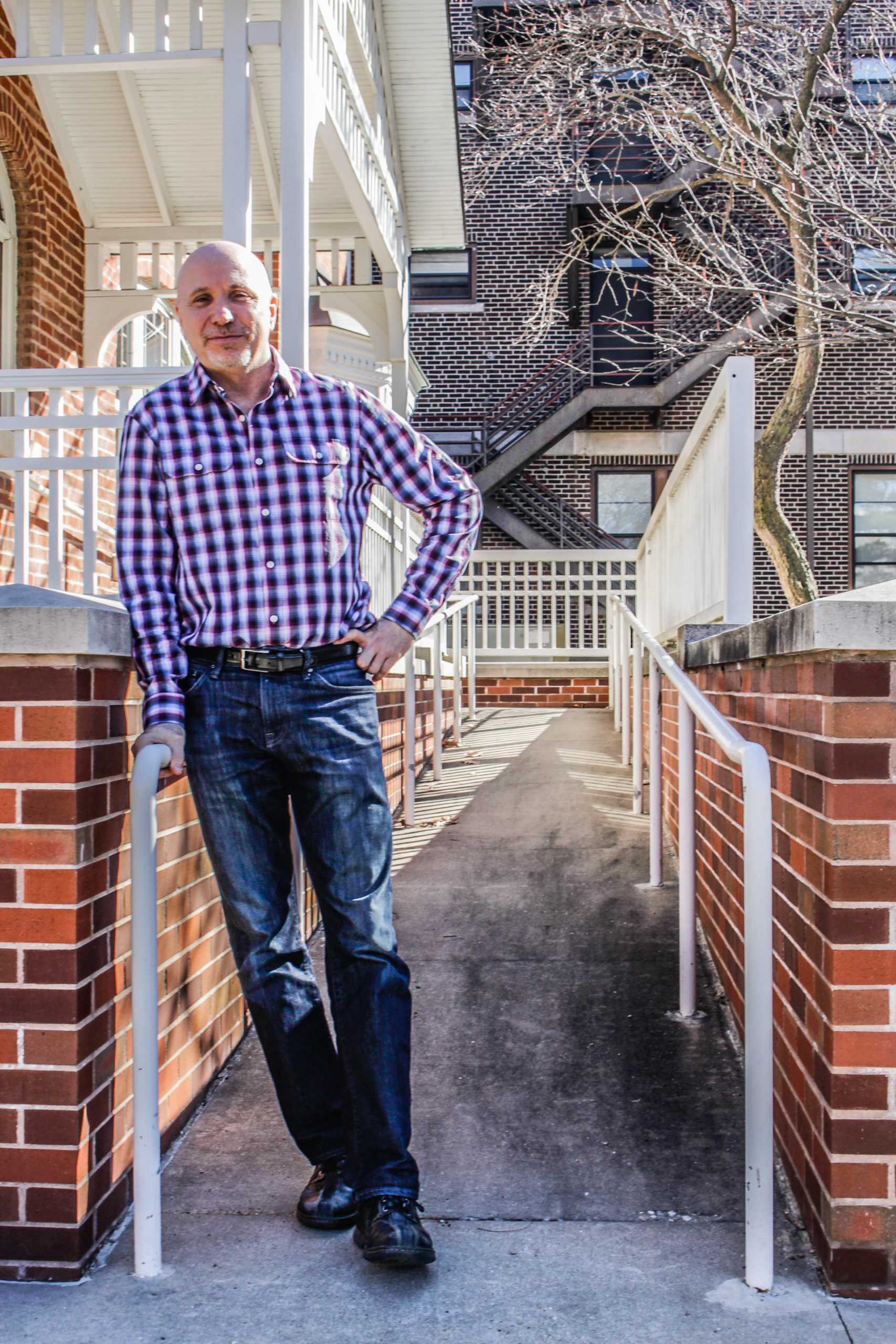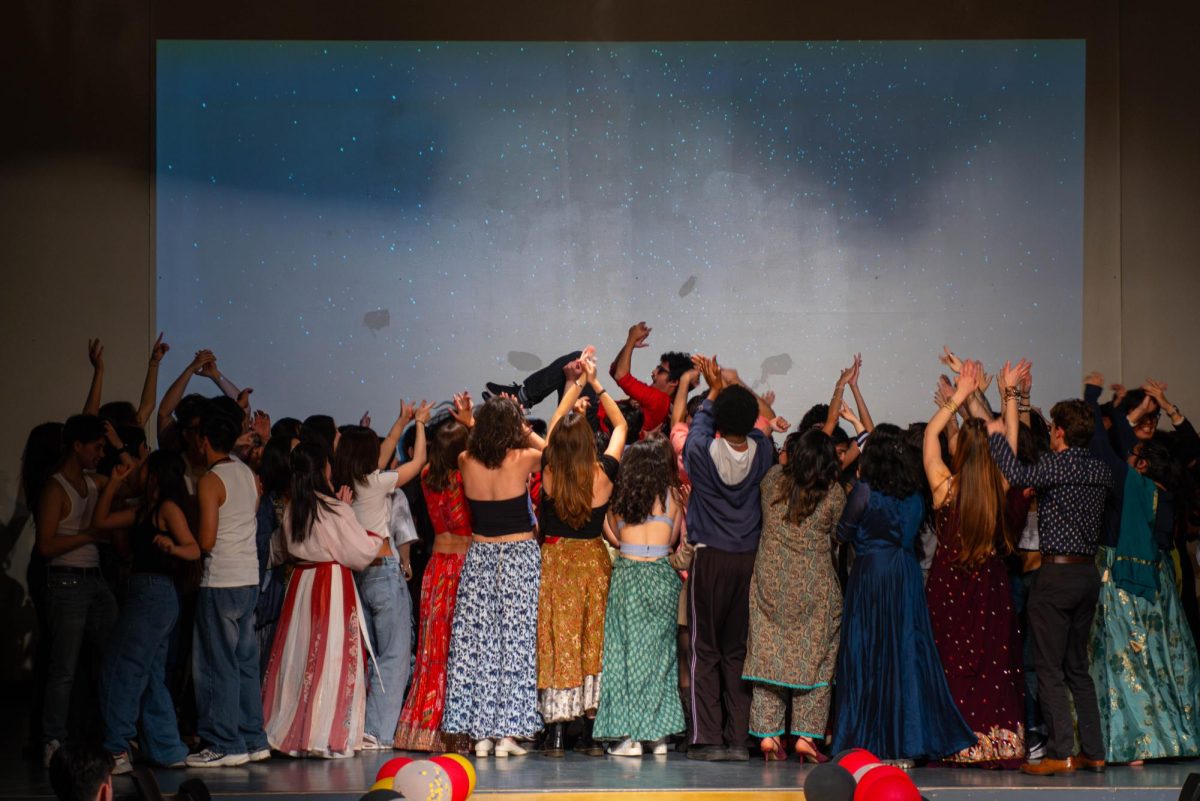Maya Larson ’22 chose to attend Grinnell “ninety-nine percent because of disability resources.” In her college search, other small liberal arts colleges didn’t seem to match up. “A lot of them had people who wanted to help, they just didn’t have enough institutional energy behind it.” Now that Larson is a student at Grinnell, she’s part of the institutional accessibility apparatus that attracted her in the first place.
At Grinnell, students and staff with the Office of Disability Resources work towards maintaining the accessibility of Grinnell while also looking for new ways to make Grinnell a more inclusive space for people with disabilities.
One way students maintain accessibility is by auditing spaces on campus for the Office of Disability Resources as “user/experts.”
“Say I just ran into this trash can because it was in the middle of nowhere and I didn’t see it. [My coworker] might take a picture and write it down. I might say, ‘This light is way too bright for me, I can’t do homework here because it hurts my eyes,’ and they write it down,” Larson said. “We accumulate these reports that we then show to residence life or facilities management or whomever might have control to make changes.”
The input of students on the accommodations they need is essential. “There’s always been a problem with people who don’t have a disability saying, ‘This is what you need,’” said Lizzy Zerez ’22. “Oftentimes it comes from a good intention, but you really don’t have the right perspective and the right to say what these people need because they’re the experts in what they need, hence ‘user/experts!’”
User/experts, faculty and staff get together on the Accessibility Commit- tee to discuss issues on campus. These meetings have led to new additions like the tactile warning strips on sidewalks and the Younker elevator.

Grinnell College also has permanent staff to handle accessibility issues, including Coordinator of Student Disability Resources John Hirschman and Assistant Dean for Disability Re- sources Autumn Wilke. Hirschman mostly handles academic accommodations and Wilke handles issues of employment accessibility for faculty, staff and students, although they often share duties. Larson said meeting with Wilke was one of the things that endeared Grinnell to her.
“My parents and I awkwardly showed up to Autumn’s office without having planned a meeting and were basically like ‘Hey, how’re you doing, I might want to go here, do you have a second to chat?’ and she spent like an hour with us,” Larson said. “I’m sure we just got lucky on the timing, but just the fact that she was willing to take the time out of her day when she’s a very busy person meant a lot to us.”
The Office of Admissions also plays a significant role in representing the College to students with disabilities. Sarah Fischer, director of admission, explained in an email to The S&B that her goal is to make Grinnell as welcoming as possible for all students, regardless of disability status.
“For students with physical disabilities of which we are aware, this means providing a visitor experience that is accessible. We also attempt to stay on top of accessibility in general across the campus, and train admission staff on services currently available,” Fischer said. “Even so, while we are aware of some living and learning accommodations for currently enrolled students, we do encourage students to reach out to Disability Resources directly for information specific to their own needs.”
The physical design of the John Chrystal Center, where Admissions was previously located, improved Larson’s experience.
“I remember walking in, and everything was just so well-lit, and I could see so well. One of my big issues often is going from a bright sunny day into a dark building where I’m completely blind for a few minutes because my eyes don’t get used to that transition for a while,” Larson said. “Throughout all of my tours that I’d been doing I’d had to cling onto my parents to help me get through a building. If you’ve ever been a seventeen-year-old on a college tour with your parents, the last thing you want to do is have them guiding you around.”
Other infrastructure issues, such as doors, are more complicated. They not only need accessible door-openers, but regular maintenance as well. “Batteries go, things happen, and somebody’s gotta go around testing them and report,” said Professor of English Ralph Savarese, who incorporates disability studies into his courses. “You don’t want somebody in a chair showing up, right, and not being able to access them.”
Replacing doorknobs around campus is also an ongoing issue. “A number of places around campus still have the twist doorknobs, as opposed to the lever doorknobs, which can present a lot of challenges for anybody that has issues with grip strength or hand mobility or just anybody who’s carrying a bunch of stuff,” said Wilke.
New technology makes improved accessibility possible, but also costs money and takes time to install. Hearing loop or t-coil systems broadcast wireless audio signals that hearing-aid users can tune in to, a system used by faculty, staff and students alike. Larson, who uses a hearing aid, said that not enough meeting spaces are equipped.
“Basically JRC 101 and JRC 209 have the only reliable loop systems on campus,” Larson said. “Events tend to be held in rooms that aren’t looped, even though we have the beautiful JRC 101 and 209, but I’m sure they’re well-sought-after rooms.”
Even when rooms are equipped with the proper technology, there’s also the matter of making sure people use it. The Office of Disability Resources is currently working to improve microphone etiquette at events.
“I had a really disappointing experience early on in my time here where a faculty member did not want to wear a microphone for a student because he didn’t want to put the pin hole through the fabric,” Savarese said.

Accessibility within campus culture is a more difficult problem to define than physical accessibility, but disability advocates are aiming to address it through an exploratory committee working on the possibility of establishing a Disability Cultural Center.
“It would be a similar space to the Black Cultural Center or the Stonewall Resource Center or the multicultural suites on JRC second,” Larson said. “I would love to have a library with books either about disability or writ- ten by disabled authors. I hope that we can host different people or even have staff, faculty and students who are comfortable give presentations about their disability and how you can be an ally to the disability community.”
Savarese emphasized the importance of disability as a source of diversity.
“There’s a disability culture, there’s a shared experience of dis- crimination, there’s the premise that a more hospitable environment will allow the advantageous aspects of this difference to become more apparent,” he said.
“Before Grinnell, disability was never a part of my identity. It was just this thing that was wrong with me that I wasn’t allowed to talk about except with my parents or my special ed teachers,” Larson said. “Then I came to Grinnell and I did PCPOP, which is a program for people with different marginalized identities, and I was given a space to talk about my disabilities in a context of disability being diversity, which was something I’d never thought about before and something that I really embrace.”


















































